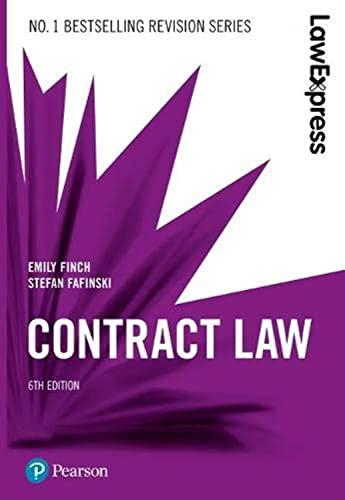Question
Now that you have synthesized the ideas of multiple sources on a common theme, you might begin to consider ideas you have related to issues
Now that you have synthesized the ideas of multiple sources on a common theme, you might begin to consider ideas you have related to issues around food. Do you have an idea to help alleviate food insecurity for college students? Are you passionate about community gardens and how they can bring fresh produce into food deserts? Do you believe vegetarian diets will help alleviate the impact of climate change?
For this final writing project, you will write a researched argument about an issue related toanissue described in the readings you've done from the book. This paper is your own argument, but you should take intoaccount what you've learned during this course: begin byshowing the conversation your paper is responding to ("they say"), have a clear statement of your own argument ("I say"), include quotes and incorporate them smoothly, point out possible objections to your argument, use appropriate transitions, and explain why the issue matters. You might also consider adding metacommentary and finding ways to includeyour own voice even though this is academic writing.
Below is a possible structure for this argument.you will compose a thesis statement, support your thesis with evidence from your research and address a counter argument.
One Strategy for Organizing an Argument-the Classical Argument:
Cast your memory to what you know about the Golden Age of Greece. . . . remember those clever Greeks formed one of the world's first democracies. Because they were not blessed with the printing presses of the marvels of television or the internet, they relied on oratory (speech) as the prime way of communicating with and persuading voters. Over time, Aristotle and his cronies (the classical rhetoricians) noticed the most successful and persuasive orators tended to structure their speeches in fairly regular ways. Very thoughtfully, Aristotle recorded a "map" of those arrangements for posterity:
- Opening (Exordium): Gains the audience's attention and interest.
- Background (Narratio): Provides the context or history of the situation.
- Definition of Issues (Explicatio): Defines or limits terms and explains issues.
- Thesis (Partitio): States the position that is to be argued.
- Proof (Confirmatio): Supports and develops the thesis.
- Refutation (Refutatio): Answers opposing arguments.
- Conclusion (Peroratio): Summarizes the arguments (if appropriate) and sometimes urges the audience to action.
Aristotle taught his students the most important parts of a speech (or in our case, an essay) are the opening, the thesis, the proof, and the conclusion; the only necessary parts foralloccasions or purposes, orallreaders are the thesis and proof.
Remember that this classical arrangement is aguide, not a rigid form to follow. As writers tackle new projects, they make their own decisions about which of these "parts" best suits the rhetorical context for their writing assignment. Contemplating purpose and audience helps writers make those decisions.
Step by Step Solution
There are 3 Steps involved in it
Step: 1

Get Instant Access to Expert-Tailored Solutions
See step-by-step solutions with expert insights and AI powered tools for academic success
Step: 2

Step: 3

Ace Your Homework with AI
Get the answers you need in no time with our AI-driven, step-by-step assistance
Get Started


